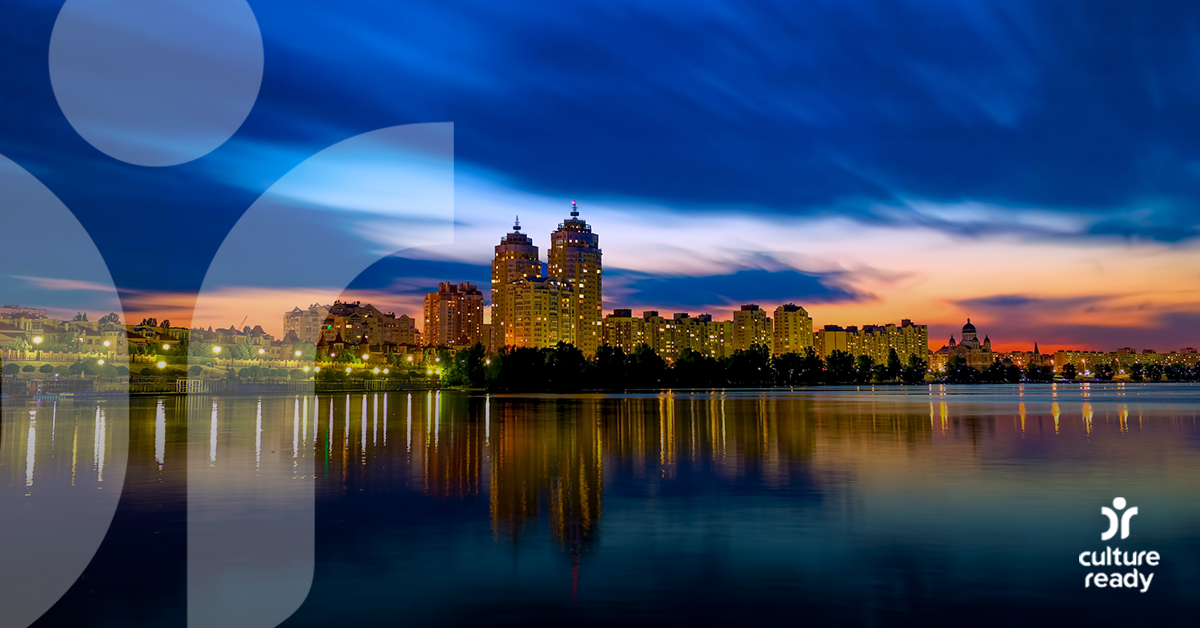Unique Traditions During Ukrainian Holidays
Ukraine is a primarily Christian country, with over 67% of the population identifying with the Orthodox church. Many of Ukraine’s holiday celebrations tie into their beliefs; however, some predate the introduction of Christianity and link to ancient times.
The popular tradition of painting Easter eggs, locally known as pysanka, started in Ukraine. In Ukrainian culture, each color of paint symbolizes a different part of life; yellow represents crops and warmth, red represents joy, and green represents hope. This tradition began centuries ago and still plays an important role in Ukrainian Easter celebrations.
People in Ukraine spend the week following Easter celebrating Radonitsa or Hrobki, which translates to “commemoration week” in English. This tradition predates Christianity in the region – groups would visit the graves of their relatives because they believed the deceased enjoyed hearing memories shared about them. In modern times, families continue to visit the final resting places of their loved ones, bringing food to put on the grave and having a picnic with their deceased relative.
Before Lent, Ukrainians celebrate Maslenitsa week. During Maslenitsa, people make pancakes every day to share with friends and neighbors. The pancakes symbolize the sun and are a way to mark the end of winter and the welcoming of spring. People spend the week partaking in winter activities like skiing and sledding before the warmth of spring arrives.
In the Orthodox Church, believers celebrate Epiphany, the day marking the baptism of Jesus, on January 19th. As a national tradition, Ukrainians plunge into ice holes during Epiphany. The Epiphany frosts are some of the coldest of the year, and participants believe the water becomes holy during this period and will keep them from getting ill.
Some Ukrainian Christmas traditions resemble those in the United States. Families gather to eat, share memories, and sing holiday songs. Traditional Ukrainian Christmas dinners consist of 12 different dishes to represent each apostle. Children go caroling in the neighborhood and wish each family prosperity and happiness by “seeding” the home, a practice that involves putting grains and barley on the floor. In return, the people at each home give the carolers gifts or sweets.
On New Year’s Eve, people in Ukraine write a wish onto a piece of paper, drop it in a glass of champagne, and drink the paper along with the beverage. Revelers believe if they swallow the wish, it will come true, but it must happen before the 12th bell at midnight rings.
Ukrainians celebrate the New Year twice, with Old New Year on January 13th. The observed calendar in Ukraine changed from the Julian calendar to the Gregorian calendar in 1918. The Julian calendar was 13 days behind, so people took the opportunity to celebrate the holiday a second time with the switch.
Learn More:
11 Things You Should Know About Ukrainian Culture
